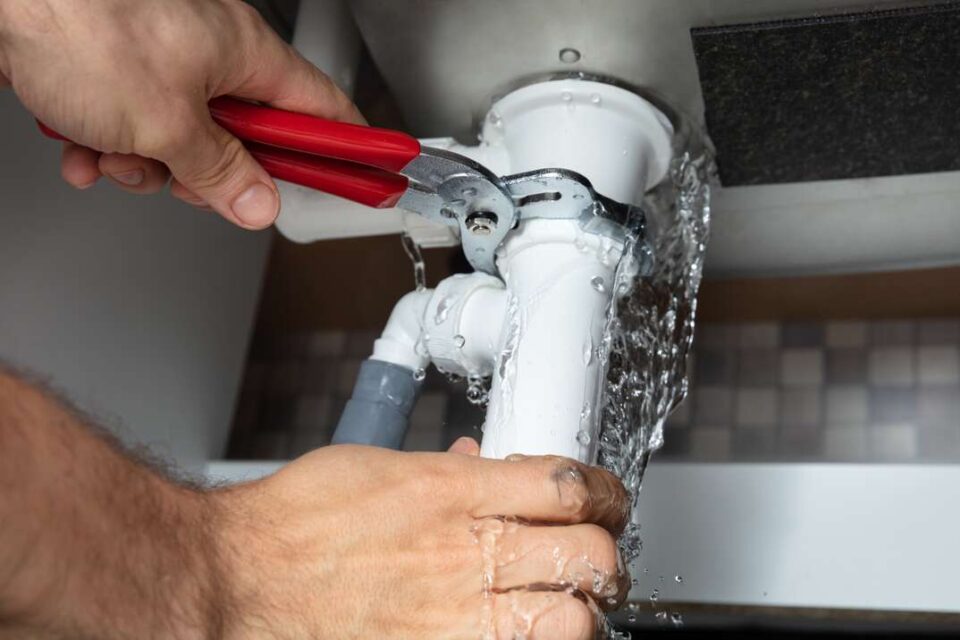A leaking pipe might seem like a minor issue at first, but even a small leak can quickly escalate into significant water damage, increased utility bills, and long-term structural problems. Acting swiftly is crucial. Whether you’re dealing with a dripping kitchen pipe, a bathroom joint leak, or a hidden pipe behind the wall, knowing how to approach pipe leak repair can save you time, money, and stress.
Identify the Signs of a Pipe Leak Early
Early detection is key to minimizing damage. Common signs of a leak include:
• Unexplained spikes in your water bill
• The sound of running water when no fixtures are on
• Damp or discolored walls and ceilings
• Mold or mildew growth in unusual areas
• A musty smell in certain rooms
If you notice any of these symptoms, it’s time to investigate further before the issue worsens.
Shut Off the Water Supply Immediately
Before you begin any pipe leak repair, shut off the water supply to prevent further leakage and water waste. Most homes have a main shut-off valve located near the water meter. Turning it off ensures that you can inspect and repair the affected area safely and efficiently.
Locate the Source of the Leak
Finding the exact location of the leak is essential. If the leak is visible, such as a dripping pipe under the sink, it’s relatively easy to spot. However, for hidden leaks—behind walls, under floors, or within ceilings—you may need to look for secondary clues like damp spots, bubbling paint, or warping.
If you’re unsure, a professional plumber can use tools like thermal imaging or acoustic sensors to pinpoint the leak without invasive damage.
Choose the Right Repair Method
The appropriate pipe leak repair method depends on the location, severity, and material of the pipe:
• Temporary fixes: Pipe clamps or epoxy putty can provide a short-term solution, especially for minor leaks. These are ideal if you need to stop the leak quickly before a plumber arrives.
• Pipe replacement: For older or severely damaged pipes, replacing the affected section might be necessary to ensure a lasting fix.
• Joint tightening or re-sealing: In some cases, a leaky joint can be resolved by tightening the fitting or applying new Teflon tape or plumber’s sealant.
Consider Hiring a Professional
While some homeowners are comfortable handling basic plumbing issues, many pipe leak repair jobs are best left to licensed professionals. Complex repairs, hard-to-access leaks, or problems involving copper or galvanized pipes can require expert skills and tools. A professional plumber will not only fix the issue but also ensure it doesn’t recur.
At Plumbing Solution Specialist, experienced technicians use state-of-the-art tools and proven methods to diagnose and resolve leaks efficiently. Whether it’s a residential or commercial property, professional help ensures your plumbing system remains reliable.
Prevent Future Pipe Leaks
Prevention is just as important as repair. Here are a few tips to help avoid future issues:
• Insulate exposed pipes to prevent freezing and bursting
• Avoid using harsh chemicals that can corrode pipes
• Have your plumbing system inspected regularly
• Replace old or deteriorating pipes before they fail
By staying proactive, you can reduce the chances of future water damage and save on costly repairs.
A fast and effective pipe leak repair can prevent extensive damage, reduce your water bills, and protect your home’s infrastructure. Whether you choose to tackle the problem yourself or call in a professional, time is of the essence. Don’t wait until a small drip becomes a disaster—handle pipe leaks with urgency and confidence.

